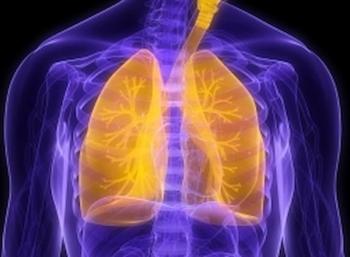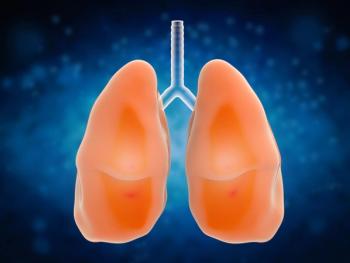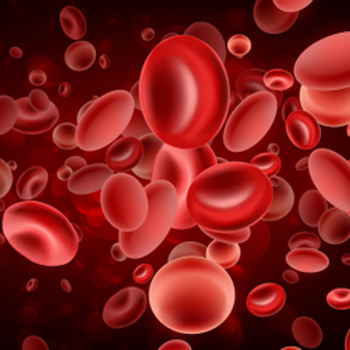
- ONCOLOGY Vol 21 No 5
- Volume 21
- Issue 5
CDC Finalizes Advisory Panel Reccommendations for HPV Vaccine
US Centers for Disease Control and Prevention (CDC) has adopted the unanimous recommendation of its Advisory Committee on Immunization Practices (ACIP) for the use of quadrivalent human papillomavirus recombinant vaccine (Gardasil) in girls and women ages 11 through 26.
The US Centers for Disease Control and Prevention (CDC) has adopted the unanimous recommendation of its Advisory Committee on Immunization Practices (ACIP) for the use of quadrivalent human papillomavirus recombinant vaccine (Gardasil) in girls and women ages 11 through 26. HPV vaccine is indicated to help prevent cervical cancer, precancerous and low-grade cervical lesions, vulvar and vaginal precancers, and genital warts caused by HPV types 6, 11, 16. and 18. The vaccination guidelines, published online in a recent issue of the CDC's Morbidity and Mortality Weekly Report (MMWR), finalize the provisional recommendations issued by ACIP in June 2006.
Guideline Specifics
The guidelines state that routine vaccination with quadrivalent HPV vaccine is recommended for 11- and 12-year-old females and to females aged 13 to 26 who have not previously been vaccinated, and that HPV vaccine can also be given to females as young as 9 years of age. Additionally, the guidelines highlight that HPV vaccine can be administered to girls and women if they have or previously had an abnormal or unclear Pap test, a positive HPV test, or genital warts. While HPV vaccine can help protect females against infection with HPV types not already acquired, they should be advised that data from clinical trials do not indicate the vaccine will have any therapeutic effect on existing Pap test abnormalities, HPV infection, or genital warts.
"The CDC's decision to adopt the vaccination recommendations put forth by the ACIP is an important milestone, both in cervical cancer prevention and for Merck," said Margaret McGlynn, president, Merck Vaccines. "We look forward to continuing to work with the public health community, physicians, parents and others to support the implementation of this broad recommendation for Gardasil that can help achieve our common public health goal of reducing the burden of cervical cancer and HPV-related diseases for as many females as possible, as quickly as possible."
Related Guidance Advocates HPV Testing, Vaccination
In a new guidance issued last month, the American Medical Women's Association (AMWA) called for a comprehensive approach to cervical cancer prevention that includes both HPV vaccination and HPV testing. The association is among the first to issue updated recommendations that take a holistic approach to cervical cancer prevention, emphasizing both vaccination for prevention and HPV testing for identifying women at risk. Digene Corp manufactures and markets the Digene HPV test, the only US Food and Drug Administration-approved test for high-risk types of the virus.
"The landscape of cervical cancer prevention is changing," Susan Ivey, MD, president of the American Medical Women's Association, said in the organization's announcement. "The Pap test has helped to significantly reduce cervical cancer rates in our country in the last 60 years, and has been improved by liquid-based technologies. However, we now have additional tools, such as an HPV test and an HPV vaccine, to help detect and prevent cervical cancer. We need to make sure that all women can benefit from these new tools. We encourage clinicians to offer these new technologies, women to ask for them, and insurers to cover them."
Articles in this issue
over 18 years ago
Study Finds Most Fentanyl 'Lollipop' Prescriptions Are Off-Labelover 18 years ago
Gynecologic Cancer Survivors: A Comprehensive Approachover 18 years ago
Active Lifestyle Reduces Risk of Invasive Breast Cancerover 18 years ago
Crossing the Quality Chasmover 18 years ago
Palliation of Colorectal Cancer: New Possibilities and ChallengesNewsletter
Stay up to date on recent advances in the multidisciplinary approach to cancer.





